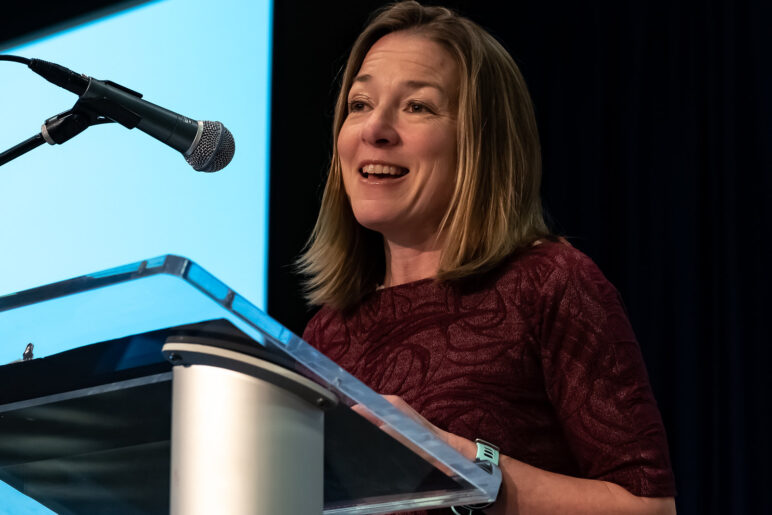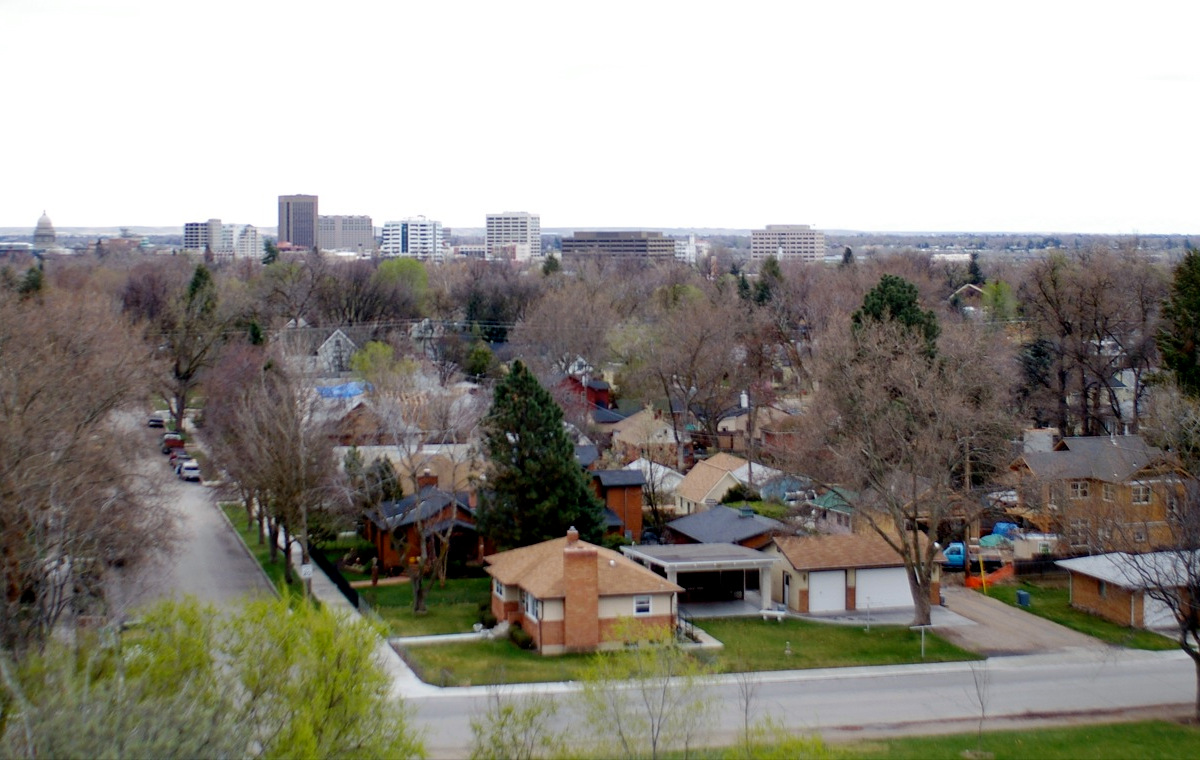Find audio versions of Sightline articles on any of your favorite podcast platforms, including Spotify, Google, and Apple.
Update: On June 15, after the publication of this article, Boise’s council amended, and then unanimously approved, its zoning reform proposal. The amendments removed many of the major obstacles to infill identified below. Starting Dec. 1, Boise will allow up to four homes by right on any residential lot as long as electric heat pumps are used, and ADU development will be free of anti-renter discrimination and additional parking mandates.[/vc_column_text][vc_column_text]The rising tide of pro-housing policy in the Pacific Northwest is about to reach up to the popular mountain town of Boise, Idaho.
The city’s new zoning code, scheduled for a final vote by the city council this month, will legalize more types of housing in residential neighborhoods creating more affordable choices for the area’s growing population. While removing key barriers to increasing the supply of housing, the code also introduces some new ones. A full-strength embrace of abundant housing may require another round of reform.
Boise’s existing zoning code dates to the 1960s, when the city abandoned the flexible rules of the early 20th century in favor of exclusionary codes that limited residential neighborhoods to single-family detached homes on their own lot. The new code’s improvements to what’s allowed in residential zones include:
- Decreasing the minimum lot size from 5,000 square feet to 3,500 square feet;
- Simplifying the permitting process to lower the risk and costs for developers to gain approval from the city to build more housing;
- Increasing the maximum size of backyard cottages and basement apartments from 700 to 900 square feet and ending city discrimination against renters in the primary house;
- Allowing triplexes and fourplexes that were previously banned; and
- Reducing off-street parking requirements for multiplexes by 50 percent.
Unfortunately, the last three bullet points come with new conditions: many of the newly allowed housing units will be subject to rent control through deed restrictions and incur higher costs due to requirements to meet sustainability goals.
An earlier version of the zoning rewrite, released in 2022, would have allowed construction of fourplexes by right in all residential zones. City planning officials later backed away from that idea and added new requirements that fourplexes must exceed the building code on energy efficiency and water use and must limit rents on some units with deed restrictions. These new requirements along with limits on the demolition of existing buildings included in the new code will ultimately constrain the production of this infill-friendly housing.
These late-arriving provisions of the new zoning code have a plausible logic: the city grants permission for more units per residential lot but in return developers must make the units sustainable and affordable through rent control. The problem is that these requirements don’t apply to single-family homes, so given the choice of redeveloping a lot with a large single-family home or, say, a fourplex, these added costs and conditions will push developers toward building familiar single-family homes.
Boise’s proposed zoning code embodies a skepticism that relaxing the existing barriers to building more units per lot will actually promote enough new supply to hold down prices. This distrust that the laws of supply and demand actually apply to housing resulted in the imposition of rent control on many of the smaller new units in residential zones. The experience of other cities shows that if the problem is high rental prices due to inadequate housing supply, then rent control makes it worse and more new construction makes it better.
It’s difficult to know exactly how infill developers will respond to Boise’s new code. Meaningful improvements in allowing smaller lots and more forms of housing could unleash a wave of new construction given the strong market for rental housing in Boise. But it is more likely given the new rules in the code that not much will change in the residential zones.
Boise’s new zoning code is 611 pages long; no one knows exactly how it will work in practice. Should the city council pass it into law this month, staff plan to work with the new code for one year to better understand its strengths and weaknesses. They will have an opportunity to revisit what’s successful and what’s not in the second half of 2024.
If Boise boosts its share of housing growth, its new code will be working

One key metric for evaluating the effectiveness of the new code is whether Boise increases its share of regional growth. If the new zoning code makes it easier to build housing relative to the status quo in the rest of the region, then Boise’s share of new housing units in the region ought to increase. Despite its many attractions as a place to live, Boise has been adding population at just one third the rate of the rest of Ada and Canyon counties since 2000. Reducing barriers to housing production means Boise should start building a bigger share of the region’s new housing units.
If Boise doesn’t see a meaningful change in housing production as a share of the region’s growth, then city officials will need to return to the abundant housing playbook. Areas for improving the zoning code for housing include:
- Adopting a strategy of new housing production rather than rent control through deed restrictions to achieve affordability;
- Further reducing or eliminating parking requirements; and
- Allowing developers to tear down old buildings at the end of their useful life and build more homes for more people.
If Boise’s city council adopts the new zoning code, it will represent a positive move towards allowing more types of housing for everyone. Then time and counts of new homes will tell if the city needs to take the next step toward housing abundance.

